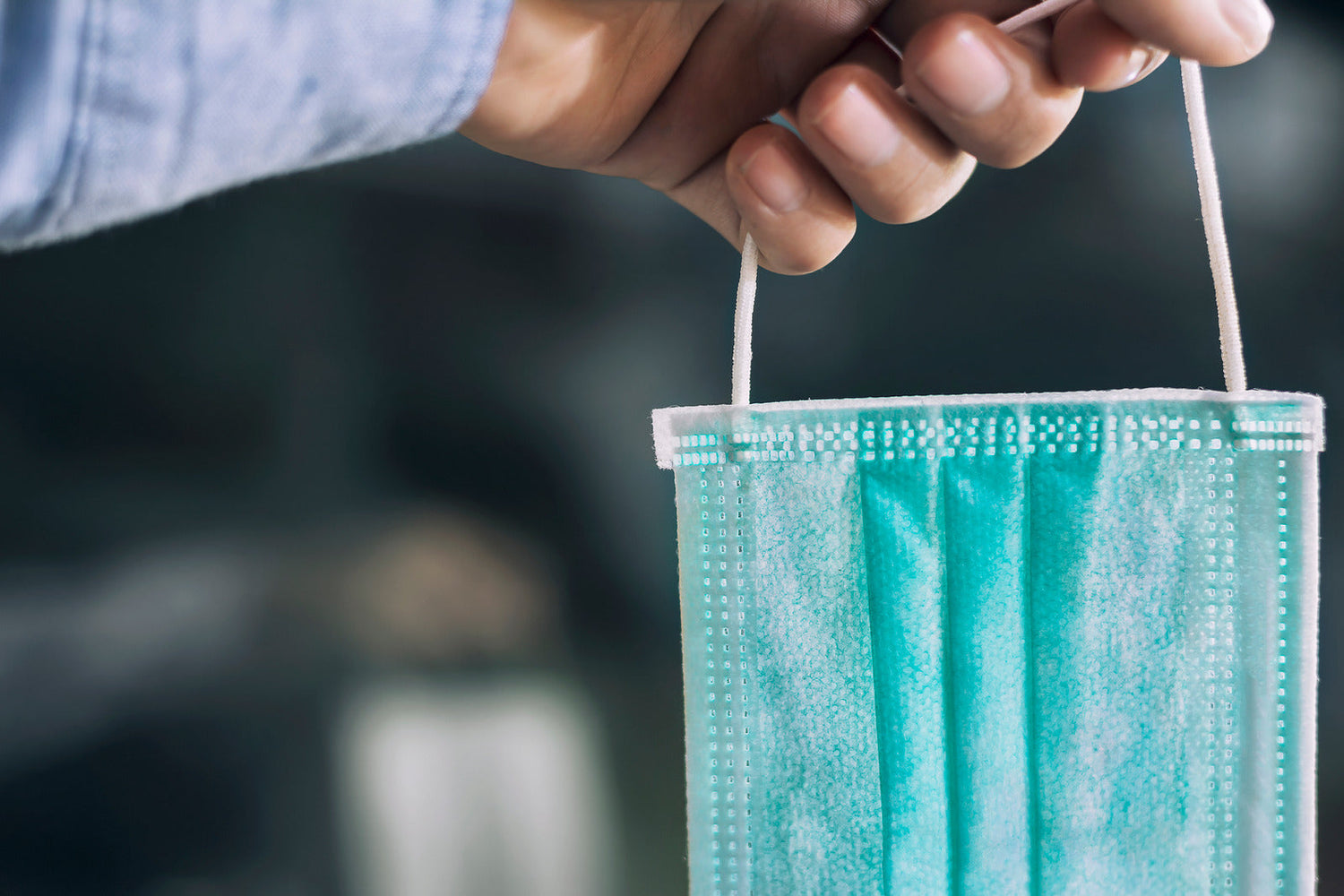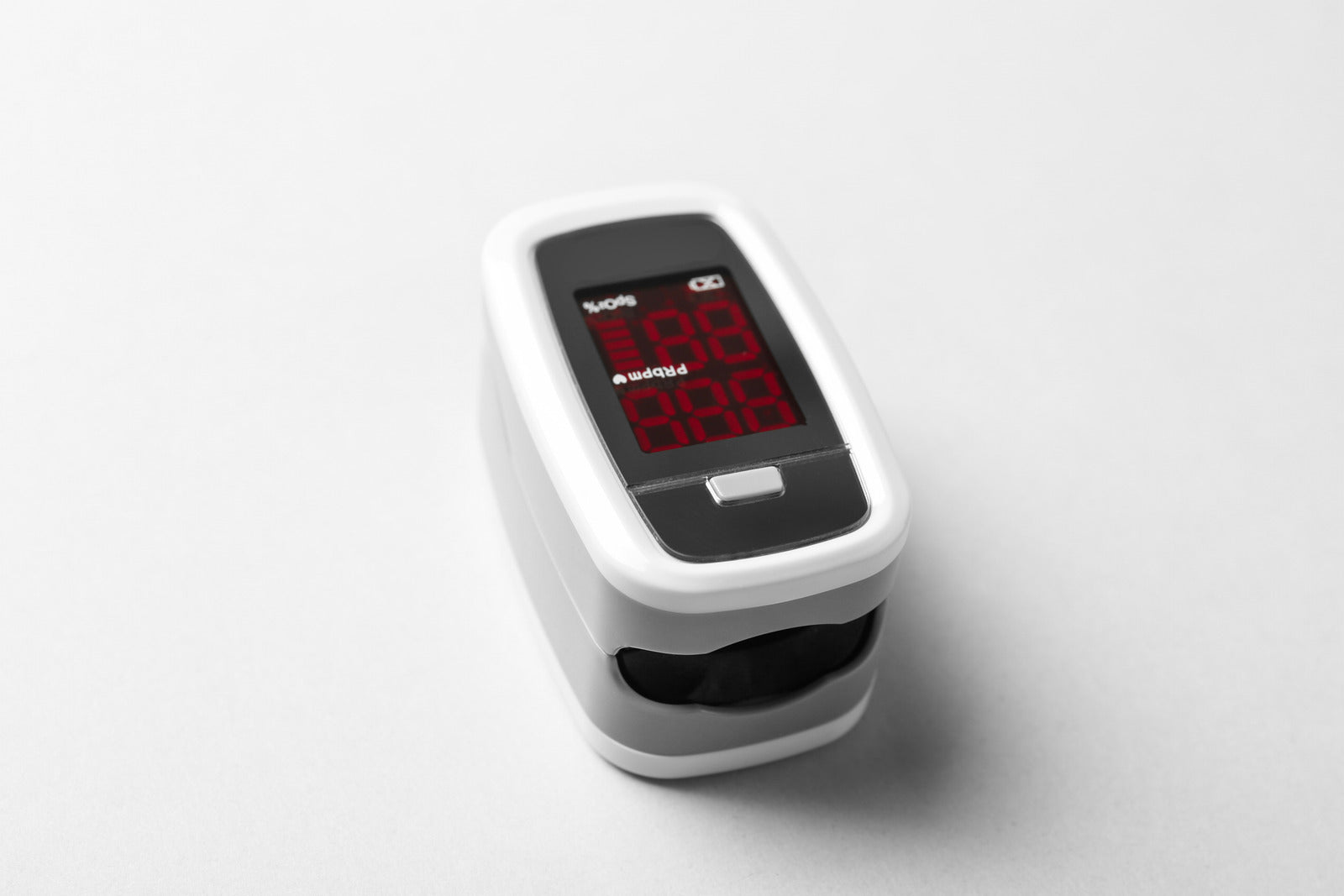Imagine this scenario: you undergo a routine surgery in a well-reputed hospital, everything seems to go smoothly, but a week later, you're struck with a fever and unusual symptoms. You're back in the hospital, this time, fighting an infection. This is the harsh reality of healthcare-associated infections (HAIs) and why proper sterilisation is not just a matter of policy, but a crucial line of defence in the healthcare battlefield.
Understanding Healthcare-Associated Infections (HAIs)
HAIs are infections that patients pick up during the process of receiving medical treatment, further complicating their health issues. These infections can range from superficial skin problems to infections in organs or the bloodstream, often causing significant morbidity and mortality. The impact of HAIs is not just limited to patient health; it extends to the reputation of medical facilities and hefty healthcare costs.
The Role of Sterilisation in HAI Prevention
Sterilisation is a key process in the healthcare setting that eliminates or deactivates all forms of microbial life, including bacterial spores. It's an integral part of infection control, ensuring that surgical instruments, medical equipment, and in some instances, even environments, are free from pathogens that can lead to infections. In healthcare, where patients with compromised immune systems are prevalent, adherence to stringent sterilisation protocols is non-negotiable.
Sterilisation Methods and Techniques
There are various methods employed to achieve sterilisation, each with its own strengths and limitations. For instance, steam sterilisation (often known as autoclaving) is highly effective and widely used, especially for instruments that can withstand high temperature and moisture. On the other hand, ethylene oxide sterilisation is suitable for items that are sensitive to heat and moisture.
Best Practices for Effective Sterilisation
Sterilisation requires a deep understanding of the materials being sterilised and the appropriate methods for those materials. It is critical for healthcare facilities to train their staff in proper sterilisation techniques, implement quality management systems, and ensure that equipment is properly maintained.
Embracing New Frontiers in Sterilisation Technologies
As we continue the fight against HAIs, new sterilisation technologies are emerging – some using ultraviolet light to sterilise air and surfaces, others using ozone to purify water and medical waste. These technologies offer promising alternatives, yet they also present new challenges in terms of compatibility, reliability, and staff training.
Sterilisation is a foundational pillar in the edifice of modern healthcare quality and safety. As healthcare providers grapple with the ever-present threat of HAIs, focusing on sterilisation can save lives, ease the burden on resources, and maintain the trust patients place in their care. Find sterilisation equipment and tools at Medilogic today! Contact us for more information.



